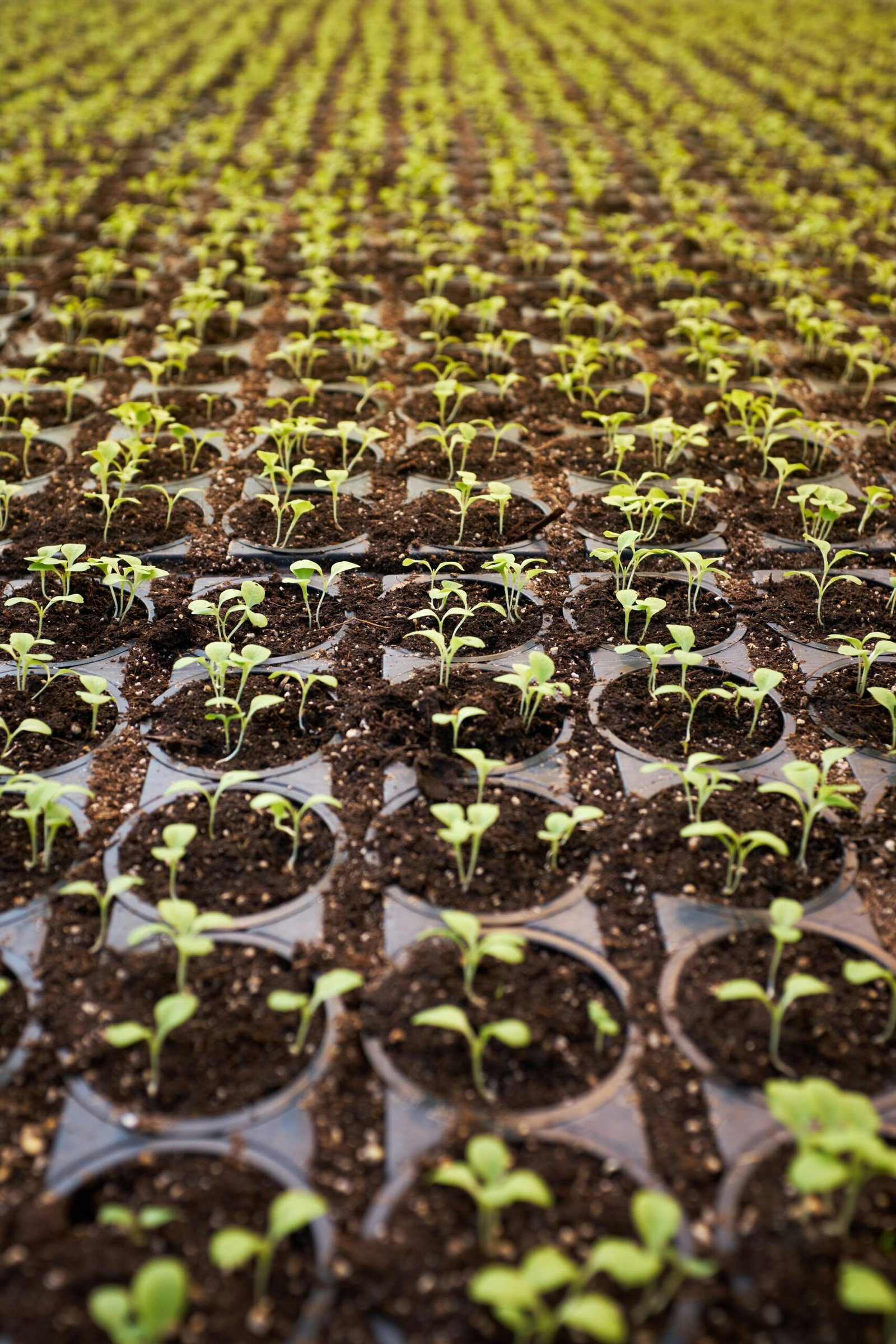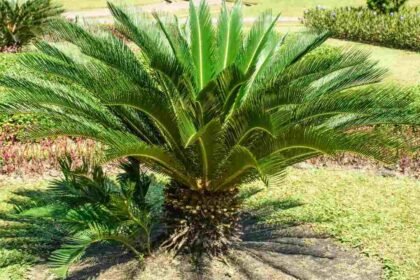Gardening is a wonderful activity, bringing beauty, leisure, and even nourishment. But did you know that not all plants are acceptable in every garden? Some apparently benign plants might get you in hot water, leading to legal implications you never imagined. From invasive species wreaking havoc on ecosystems to criminal drugs that violate drug regulations, these are seven plants that might spell disaster for naive gardeners.
Giant Hogweed (Heracleum mantegazzianum)
Native to the Caucasus area, Giant Hogweed was imported to Europe and North America as an attractive plant. However, its strong sap includes compounds called furanocoumarins, which may cause serious burns and phototoxic responses in humans. Due to its destructive impacts and invasive nature, Giant Hogweed is subject to tight prohibitions in many locations. Authorities typically undertake eradication campaigns to prevent its spread and preserve public health.
Khat (Catha edulis):
Cultivated for its stimulant qualities, Khat has cultural importance in locations where it’s historically cultivated. However, its psychotropic components, notably cathinone and cathine, are classed as restricted drugs in several nations. Despite its legal status, Khat remains popular among some populations, resulting to hurdles for law enforcement organizations in controlling its production and distribution.
Marijuana (Cannabis spp.)
The legal status of marijuana varies greatly over the globe, ranging from full prohibition to legalization for therapeutic and recreational use. In places where it’s prohibited, production, possession, and distribution of marijuana may result in harsh legal consequences. However, evolving views and legislative developments have led to the legalization of marijuana in certain places, followed by restrictions controlling its growth, sale, and consumption.
Water Hyacinth (Eichhornia crassipes)
Native to South America, Water Hyacinth has spread fast throughout streams worldwide, presenting a severe danger to aquatic ecosystems. Its thick mats may block sunshine and oxygen, resulting to the death of fish and other aquatic animals. Efforts to manage Water Hyacinth generally entail mechanical removal, biological control agents, or pesticide treatments. Many nations have established regulations to prohibit the introduction and spread of Water Hyacinth and other invasive aquatic plants.
Giant Salvinia (Salvinia molesta)
Originally from South America, Giant Salvinia has invaded water bodies in many areas of the globe, notably in tropical and subtropical climates. Its capacity to multiply fast and create thick mats on the water’s surface impedes navigation, decreases water quality, and displaces native aquatic vegetation. Control strategies for Giant Salvinia include physical removal, herbicide use, and the introduction of biological control agents such as weevils.
Purple Loosestrife (Lythrum salicaria)
Native to Europe and Asia, Purple Loosestrife was imported to North America as an attractive plant. However, its fast expansion in wetlands and riparian regions has led to worries about ecological impact. Efforts to manage Purple Loosestrife include mechanical removal, herbicide treatments, and the introduction of biocontrol insects such as beetles and weevils. Some governments have adopted rules to ban the sale and cultivation of Purple Loosestrife to conserve natural habitats.
Wollemi Pine (Wollemia nobilis)
Discovered in a secluded canyon in Australia in 1994, the Wollemi Pine is one of the world’s rarest and most ancient tree species. Due to its tiny population size and sensitivity to threats like as disease and climate change, the Wollemi Pine is tightly protected by law in Australia. Efforts to preserve the species include propagation initiatives, habitat conservation, and monitoring to avoid illicit harvest or disturbance.
Himalayan Balsam (Impatiens glandulifera)
Introduced to Europe in the 19th century as a decorative plant, Himalayan Balsam has since grown fast along riverbanks and watercourses. Its explosive seed distribution technique and quick growth outcompete natural plants, contributing to erosion and habitat loss. Control strategies for Himalayan Balsam include physical removal, pesticide use, and the promotion of native plant species to repair damaged habitats.
Giant Rhubarb (Gunnera manicata)
Native to the cloud forests of Brazil and Colombia, Giant Rhubarb is planted as an attractive plant in gardens worldwide. However, its vast size and prolific growth may overrun garden settings and natural ecosystems. Control strategies for Giant Rhubarb include mechanical removal, herbicide treatment, and confinement to prevent its spread to natural areas. Some governments have adopted restrictions to prohibit the sale and production of Giant Rhubarb to prevent its escape into the wild.
In summary, although these plants may differ significantly in their traits and origins, they have a common thread of presenting threats to ecosystems, human health, or biodiversity. Understanding the legal consequences of planting and maintaining these plants is vital for ethical gardening practices and environmental stewardship. By following to rules and adopting native or non-invasive plant species, gardeners may help avoid the spread of dangerous plants and safeguard natural habitats for future generations.




